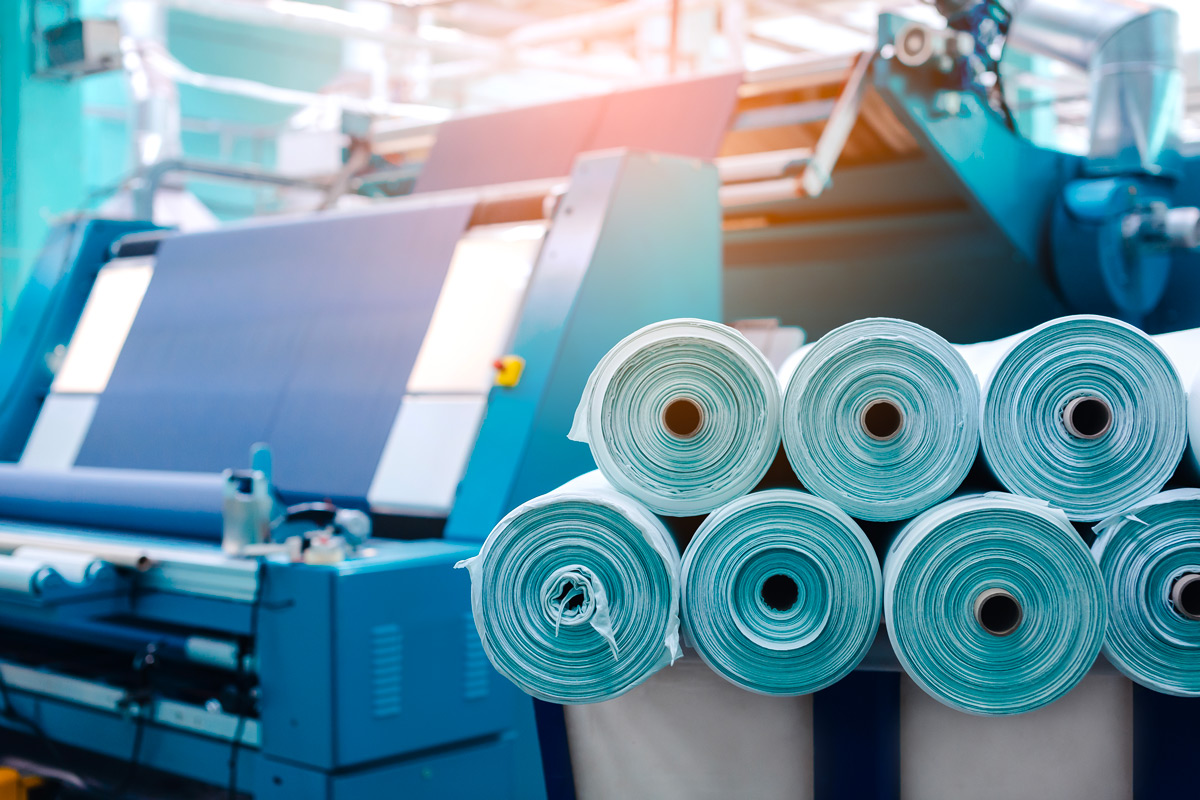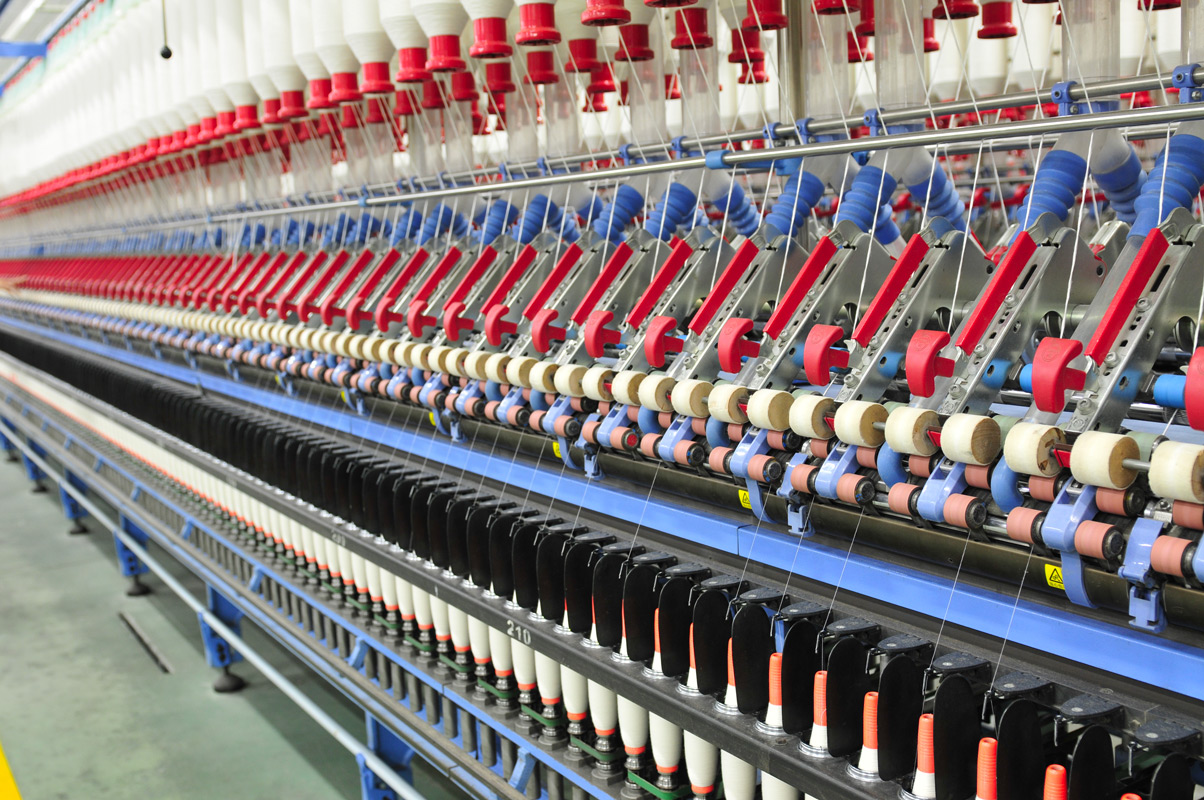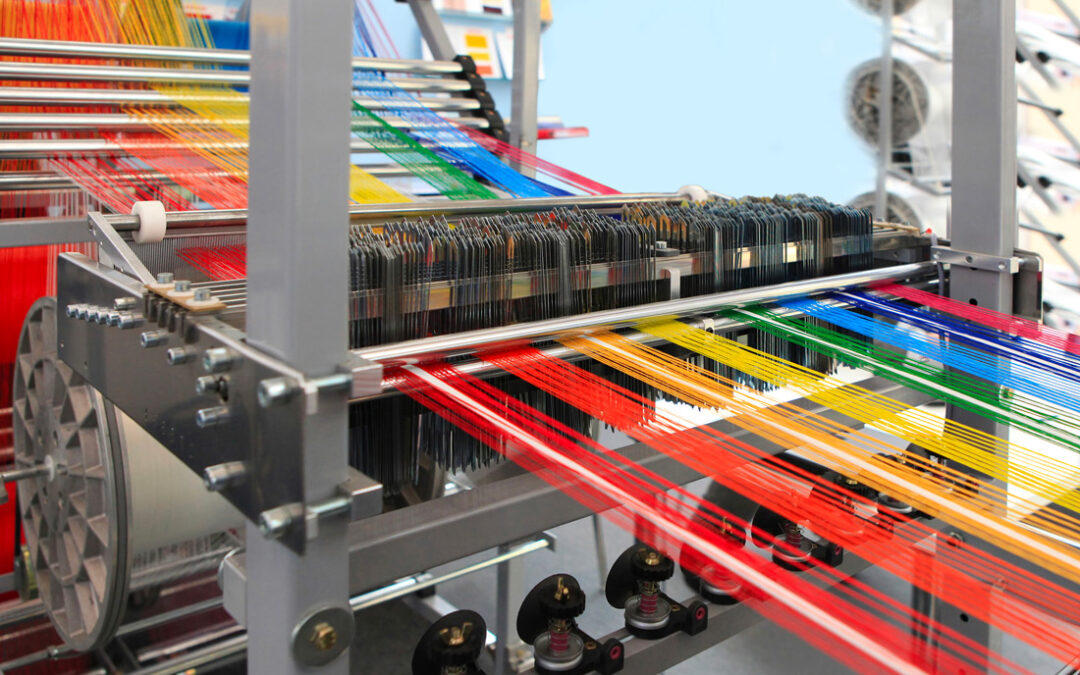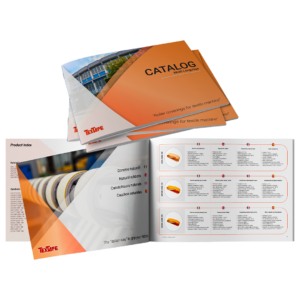The textile industry from its birth to today: the performing in latest technologies
The very traditional textile industry is moving fast in the last decades and promoting a change. This call on new challenges is focused on market intelligence, design, materials, suppliers and logistics, production, marketing, retail, and customer service. The main areas in which technologies have the greatest potential for action and development.
The textile production increasingly demands the skills to manufacture new high-performance fibres made with polymers, carbon and even that can offer solutions to recycle waste.
Following these three future trends: digitization and virtualization, collaboration, sustainability and circularity. The textile industry was the first to be converted from manufacture into mechanical production to meet the increasing demand of goods and the growing export from the United Kingdom to other countries.
This cycle has been maintained from the 18th century until today in several arrangements from production to sales and export. The textile and clothing industry growth is linked to its technological development, enhances productivity and becomes part of an international supply chain within the international competition.
The textile sector had an essential role in boosting industrialization in countries such as Britain, Japan, Turkey and Italy.

The present and the future of textile in Europe and worldwide: the environmental impact
The textile industry is a global industry and one of the largest in the world employing millions of people. Textile materials are made from fibre, yarns, and fabrics. Textiles can be found in a variety of materials, ranging from the clothes in your closet to home furniture. Although the textile industry’s focus was originally on the end product, countries have started to focus on the science and technology aspect of textiles. The ability of a country to create new machines and technology gives its manufacturers an even larger share of this market, which leads to greater profits.
Since the textiles market is highly globalised, and millions of producers and billions of consumers across the world are involved in value chains, these chains, from raw material extraction to production, transport, consumption and waste include little or no reuse or recycling. Since 1975, the global production of textile fibres has almost tripled. Today, 60 % of textile fibres are synthetic.
Polyester is the most commonly used fibre, produced from carbon-intensive processes requiring more than 70 million barrels of oil each year. The remaining fibres are mainly from cotton, which uses land and water. In 2014, the number of garments produced globally amounted to nearly 14 new items of clothing per person.
In the EU, there are around 171 000 companies in the textile (including wearing apparel) industry, employing 1.7 million people. In 2017, the EU produced 7.4 kg of textiles per person while consuming nearly 26 kg. The EU is therefore an importer of textiles (mainly finished products from Asia).

The high globalised production and the environmental demand
There are high environmental, climate and social costs from textiles. The greatest challenge is the resource inputs to fulfil the environmental and climate demands, monitoring the impacts of the textiles system in every phase: from production of fibres and textile products to distribution and retail, use of textiles, collection, sorting and recycling, and final waste management. Demands and impacts of the textiles system, include the use of resources, land and chemicals, and the emission of greenhouse gases.
Companies, such as Textape, during the last decades have developed roller coverings operating trials with different materials, to guarantee the chemical optimization during the textile producing process. Several research projects have been attempted to find a suitable material that enables faster production, longer wearing results, maintenance of good fibre quality, cheaper and eco-friendliness.
The main achievement is the use of natural rubber for coverings, developing new applications and new coatings in order to improve the features of rollers and technical parts.
Their basic characteristics consist in high abrasion resistance, increased mechanical grip due to elastic properties, suitable for untreated materials.
The vision follows the trend of a larger valuable use of the natural resources and greatly reduced ecological impact among other technological benefits. Though sustainable technology deals with energy efficiency, reduction in pollution, use of renewable sources and being economically sustainable. Textile industry is among the most essential consumer goods industry in the world as it is one the basic needs of human beings.
In the last decades the textile world is moving to sustainability in industrial processes and systems, balancing between economic, social and environmental aspects of its production.
The challenge is opened and just began and sustainability could become a real market opportunity.


